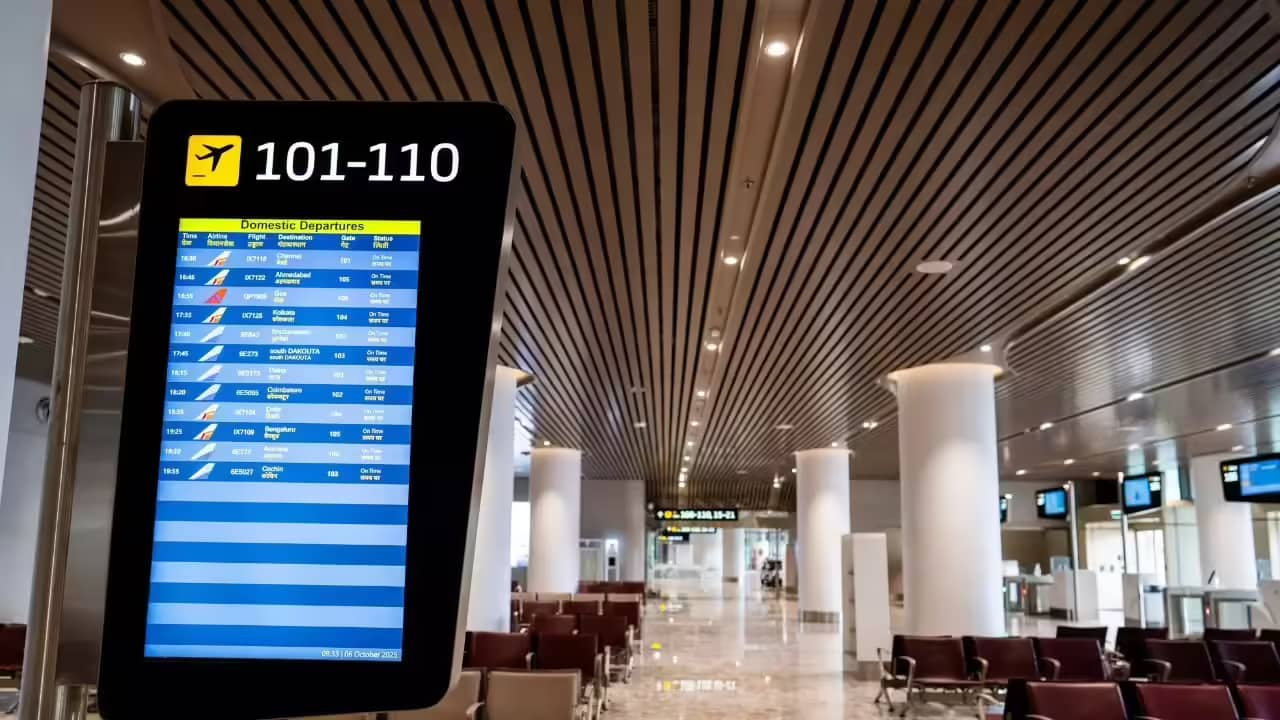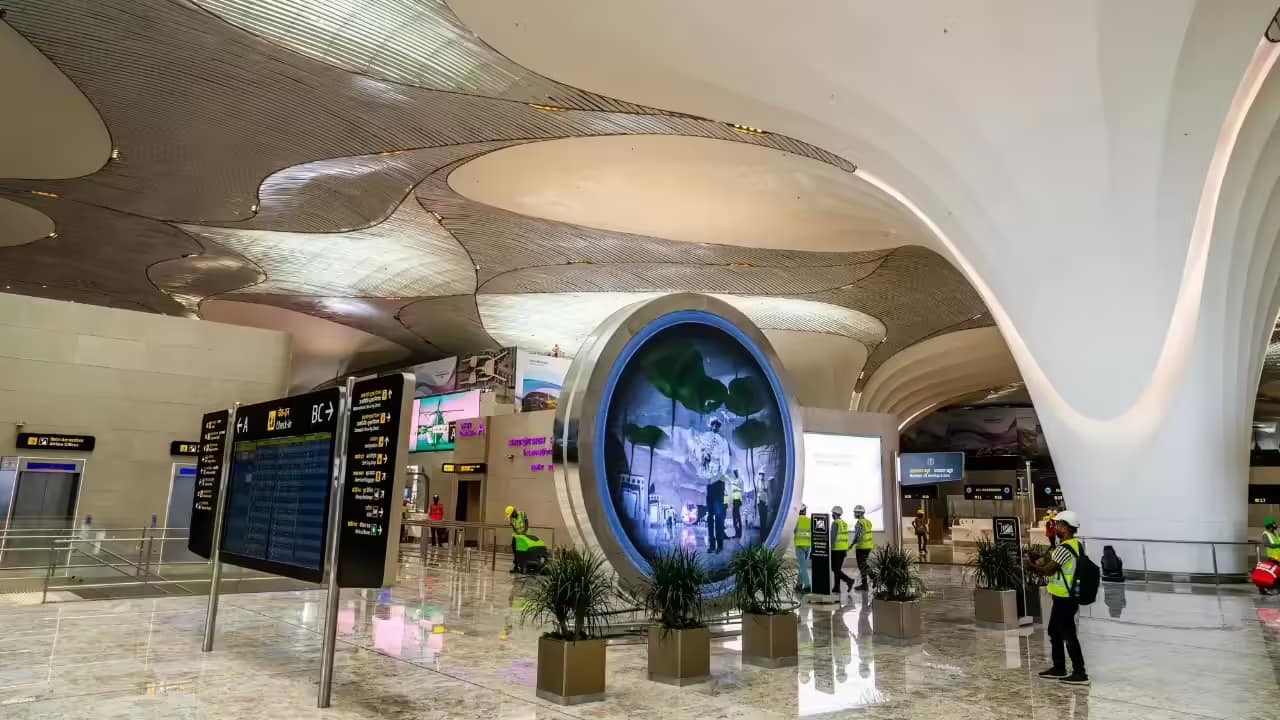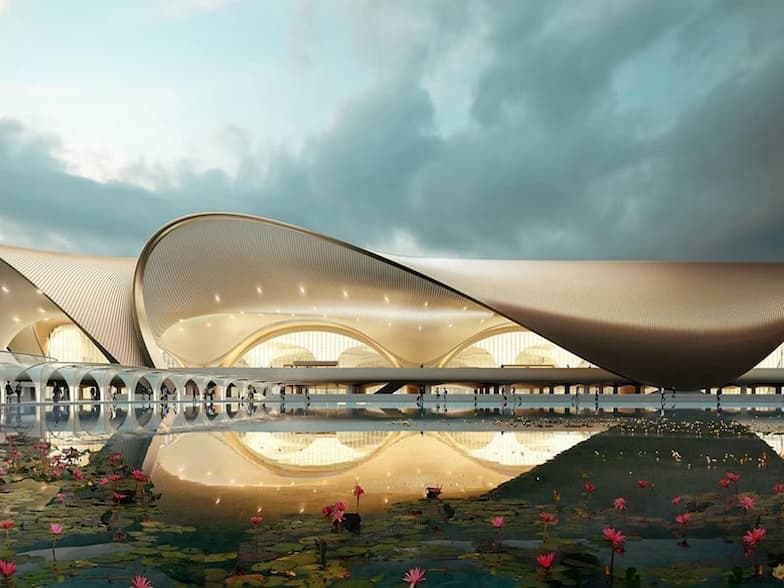Mumbai’s long-awaited Navi Mumbai International Airport (NMIA) will finally see its grand inauguration today, promising a major boost to the region’s infrastructure. Although the ceremonial opening is today, commercial passenger services at Terminal 1 will commence only from December. The airport has already generated considerable excitement, with the promise of both domestic and international flights on its very first operational day later this year.
Ambitious Launch Plans for December
Set to start operations in December, NMIA will become active on airline websites and travel portals in the coming weeks, with a new ‘NMI’ code soon to appear alongside the traditional ‘BOM’ for Mumbai. On the day commercial service commences, airlines are expected to run between 50 to 60 flights, including arrivals and departures. Indigo has announced plans for 18 arrivals and 18 departures, connecting 15 domestic cities immediately, and further plans for 15 international flights by November. Akasa Air will also join the action, offering 15 daily domestic flights from day one.

According to the airport operator, BVJK Sharma, operations for the first month will run from 8am to 8pm, and the runway can handle 8–10 flights per hour. This robust launch plan highlights confidence in the airport’s readiness. Globally, greenfield airports usually begin cautiously, but NMIA’s approach is more ambitious, aiming to resolve Mumbai’s long-standing air traffic congestion from day one.
Easing Mumbai’s Aviation Bottleneck
The Mumbai Metropolitan Region’s air travel demand touches nearly 70–75 million passengers annually. Mumbai’s existing airport is stretched beyond capacity, often resulting in delays and overcrowding. Arun Bansal, CEO of Adani Airport Holdings, emphasised that NMIA will ease this congestion, eventually handling up to 90 million passengers per year and 3.25 million metric tonnes of cargo. Phase 1, developed at a cost of Rs 19,650 crore, spans 1,160 hectares and features a single runway and terminal building designed for 20 million passengers annually.



